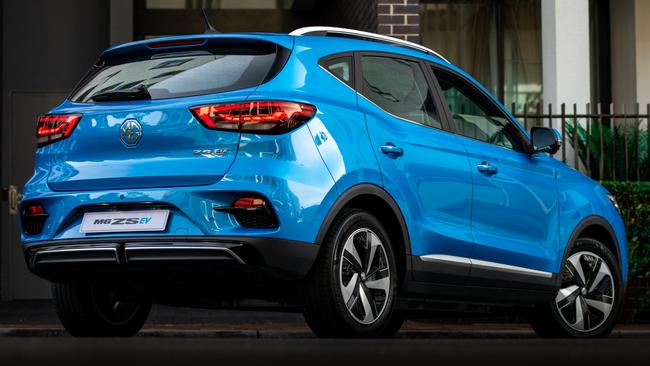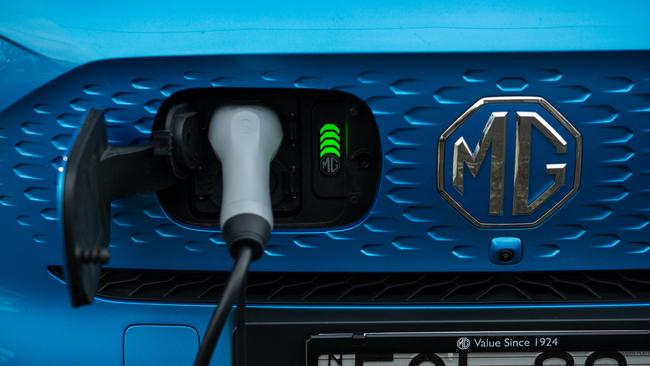EV cost savings not what they seem, says economist
A new paper by the Commonwealth Bank claims that EVs could cost more to own over five years than their petrol equivalents.

A Commonwealth Bank economist has cast doubts over claims by the Federal Government that electric vehicles will be cheaper to own than conventional petrol vehicles.
In a paper called “New Vehicle Efficiency Standard: Race to the bottom?” economist John Oh compared the MG ZS electric vehicle with the petrol version of the same model and found that, at today’s prices, the EV would cost between 5 and 58 per cent more to own over five years than the petrol version.
He said that while EV buyers would save money on fuel bills and lower maintenance bills, they would eventually be slugged with higher ownership costs due to the weaker resale value of EVs.
But the equation would change if MG were to discount their EVs, using the carbon credits they would earn under the government’s new efficiency standard.

Under the government’s controversial new plan, EV makers will earn credits that can be sold to other manufacturers wanting to offset emissions from their popular thirstier vehicles, such as utes.
Oh estimated that MG could make up to $6500 per car in credits from the proposed scheme, and if the company passed those on in the form of cheaper prices, the ownership costs could be 2 per cent lower than a petrol car, based on a “best-case depreciation scenario” where the EV retained the same value as a petrol car. If EVs depreciated at “historical rates” the EV would still cost 44 per cent more.
“The clear winners of the NVES are car manufacturers that only sell battery electric vehicles. EV buyers can benefit if these manufacturers discount their EVs with the revenue gained by selling credits,” he wrote.
“The lower upfront cost, if credits are passed to customers, would help tilt the dial towards EVs being more economical to own and drive than ICE (internal combustion engine) vehicles,” he said.

But it was “unclear” whether EV brands would pass on their credit earnings in discounts. MG, which also sold petrol vehicles, might use their earnings to offset their thirstier vehicles.
Cheaper new EVs also created problems for used EV prices.
“Second-hand EVs have to potentially compete with the price of new cars, which are getting cheaper and there’s expectation that it will get lower,” he said.
Oh also had bad news for buyers of petrol and diesel vehicles, in particular thirsty utes and SUVs.
He warned that car makers who didn’t meet the government’s tough new standards would “likely pass on any penalties to consumers”.
He estimated that roughly three quarters of the top 20 car brands would not meet the 2025 NVES standard.
Isuzu, which only sold utes and 4WD wagons, could face penalties or have to buy credits worth between 6 and 17 per cent of the asking price of its vehicles by 2029.

That figure assumed Isuzu would not improve its vehicle emissions over the next five years.
“There are levers that vehicle manufacturers can pull. They can change the volume, they can change the price and they could also exit the market,” he said.
He said the ute market would pose the biggest short-term challenge to the success of the government plan because “EV uptake is low, low emission vehicles have a large price premium and consumer demand for EVs is untested”.
In the United States, where Ford sold an electric version of the F150, the EV made up just 3 per cent of total sales.
The paper found that EVs offered cheaper operating costs because they required less maintenance and charging was cheaper than filling a car with petrol.

But those benefits were outweighed by the fact they depreciated more quickly and cost more to insure.
The depreciation figures are based on estimates made by the Australian Automotive Dealers Association.
But experts argue that more desirable EVs, such as Tesla’s top selling Model Y and Model 3, have achieved much stronger resale values than the MG ZS used in the Commonwealth Bank modelling.
Originally published as EV cost savings not what they seem, says economist



